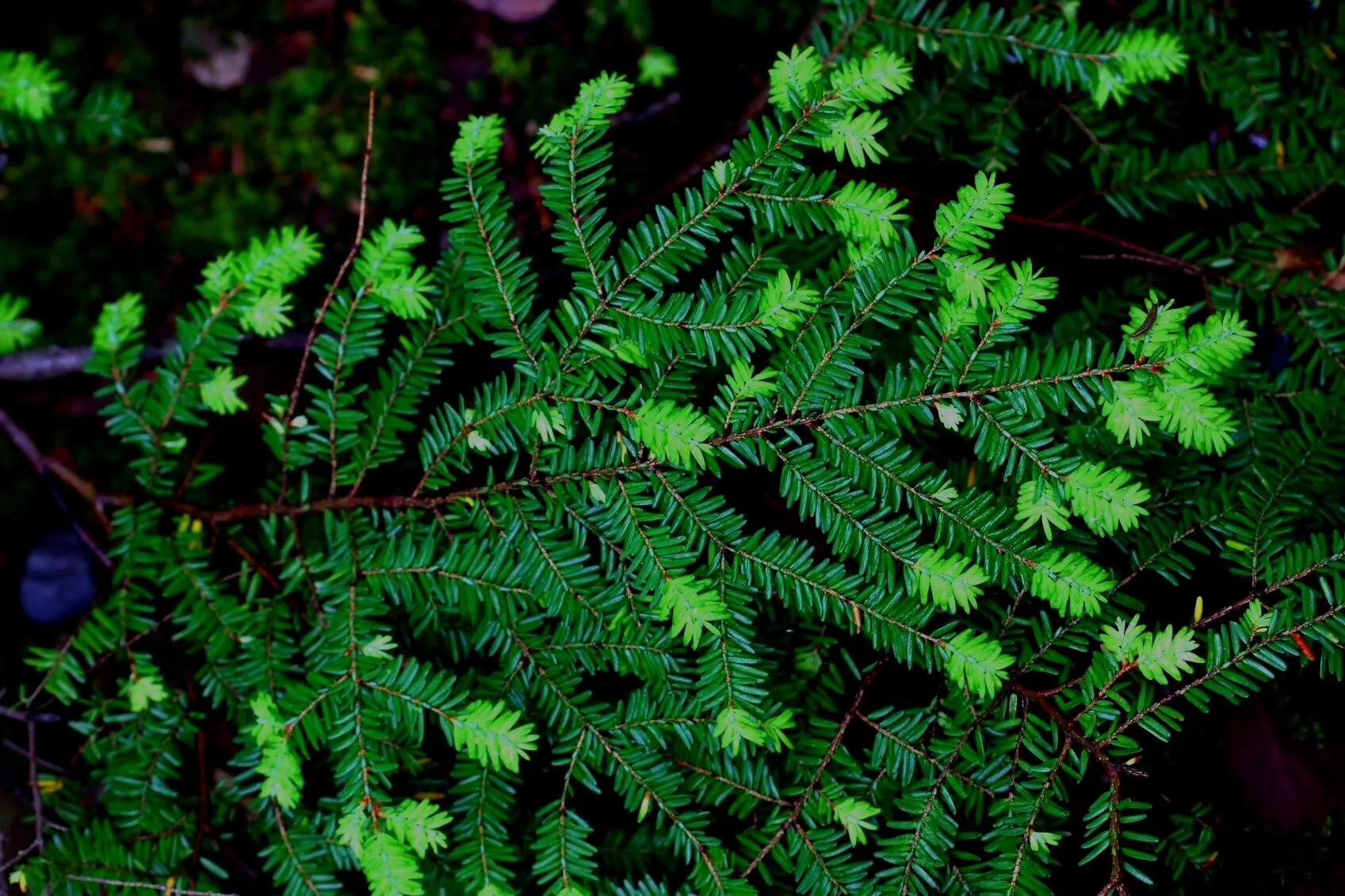
Tony Whedon
Artist Statement: Talking & Listening to Plants
My essay differs from much of my other nature writing. I’m entirely focused here on hemlock trees — nothing intervenes between them and me. I don’t mean to isolate them from the rest of nature, but for years I lived among the hemlocks, and I’m compelled to depict their singular world. The hemlock woods, as I say in my essay, are “dead-zones.” A few ferns, brambles and pucker bush proliferate at their margins. But in their deeply shaded forest, little else grows. There’s some squirrel-chatter — squirrels and conifers don't mix— and deer bed down quietly beneath them in winter. But aside from a stream murmuring nearby, everything is quiet. While Nature abhors a vacuum, my imagination thrives in the hemlock-silence. Over time, I’ve realized that hemlocks talk to each other like humans do. Of course, much of my communication with them— and with people too — falls on deaf ears, an essential human and natural problem. Do those giants around my mountain cabin share my frustration at not being heard, not being understood? New scientific research suggests that plants exchange information with each other about soil fertility, temperature changes, and so forth. Do they complain to each other, do they commiserate? Do they mourn? All I know is their mystery attracts me, their refusal to be anything but themselves.
TONY WHEDON’s poems and essays appear in Harpers, Agni, American Poetry Review, Iowa Review, Prairie Schooner, Sewanee Review, Ploughshares and elsewhere. His essay collection A Language Dark Enough won the 2002 Mid-List Press award for Creative Non-Fiction. He is the author of Drunk in the Woods, a collection of nature essays, and three books of poems and a poetry chapbook.

